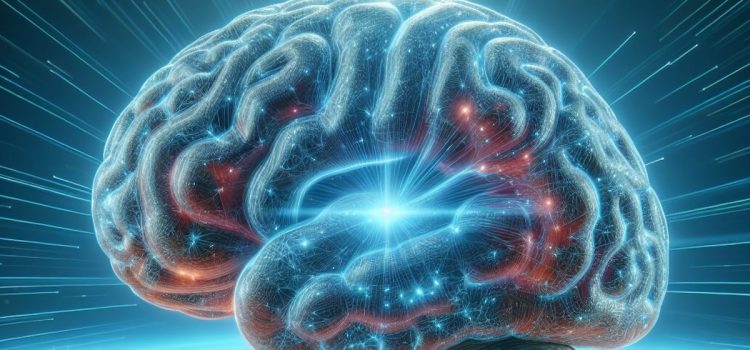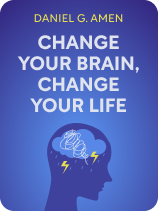

This article is an excerpt from the Shortform book guide to "Change Your Brain, Change Your Life" by Daniel G. Amen. Shortform has the world's best summaries and analyses of books you should be reading.
Like this article? Sign up for a free trial here.
What do the basal ganglia do? What roles do they play when it comes to your emotions, decisions, and learning?
Whether you’ve ever heard of them or not, your basal ganglia make a big difference in your life. In his book Change Your Brain, Change Your Life, psychiatrist and brain health expert Daniel G. Amen explains how important this system in your brain is.
Read more to learn what the basal ganglia do.
What the Basal Ganglia Do
What do the basal ganglia do? According to Dr. Amen, your basal ganglia modulate your reactions and behaviors. For example, when you jump with excitement at good news, or your hands tremble in nervous anticipation, it’s your basal ganglia integrating your feelings and movements. Your basal ganglia achieve this by doing the following:
- Coordinating motor control and inhibiting unwanted behaviors: They oversee voluntary movements, integrate feelings, and suppress undesired actions.
- Enhancing cognition: They contribute to decision-making, planning, and problem-solving.
- Regulating emotions and anxiety levels: They aid in emotional processing and mood regulation while helping set appropriate anxiety levels.
- Influencing motivation and reward responses: They direct the brain’s reward system—amplifying motivation, pleasure, and the anticipation of rewards.
- Supporting habit development: They enable the efficient learning and repetition of specific behaviors.
| The Basal Ganglia in Detail Within the basal ganglia, numerous smaller components work in tandem to enable the functions that Dr. Amen describes. Breaking down some of these components will help you better understand the complex processes underlying your reactions and behaviors. Coordinating motor control and inhibiting unwanted behaviors: The striatum processes signals from various brain regions, suppressing conflicting or extraneous motor signals to coordinate movements. This is crucial for precise motor tasks like handwriting. Enhancing cognition: The globus pallidus regulates the striatum, modulating which movements get executed or inhibited. This impacts your coordination between thought and action, such as planning a sequence of movements in sports. Regulating emotions and anxiety levels: The substantia nigra adjusts dopamine levels, influencing how your brain perceives and responds to emotional stimuli—for example, how you react to a suspenseful movie or your resilience in challenging situations. Influencing motivation and reward responses: The nucleus accumbens responds to dopamine released by the substantia nigra, processing information about potential rewards to create behavior-motivating feelings of anticipation and pleasure. Supporting habit development: The striatum reinforces the neural pathways associated with frequently repeated behaviors, making them more automatic. This is why, after extensive practice, complex tasks like driving become almost second nature. |

———End of Preview———
Like what you just read? Read the rest of the world's best book summary and analysis of Daniel G. Amen's "Change Your Brain, Change Your Life" at Shortform.
Here's what you'll find in our full Change Your Brain, Change Your Life summary:
- A more effective approach to overcoming physical, mental, and cognitive issues
- The four factors to nurture to improve your brain health
- Why listening to Mozart can enhance your focus and mood control






